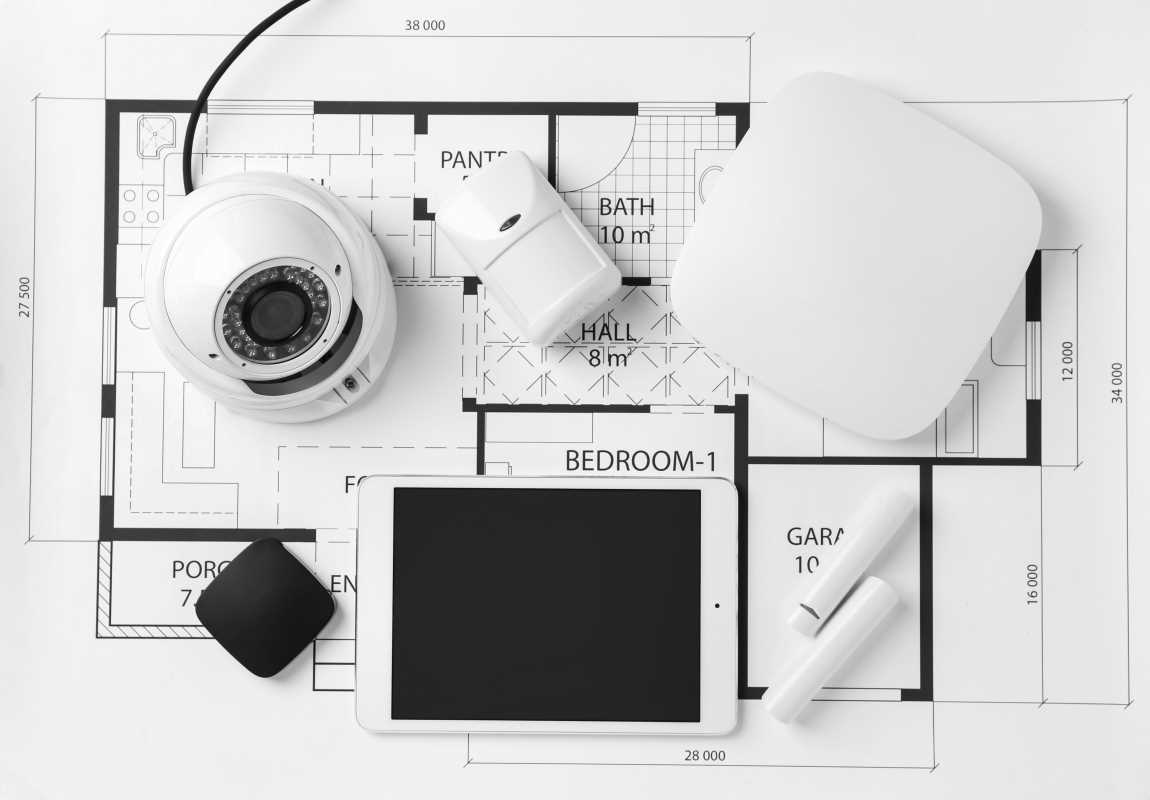Cycling to work is a fantastic way to combine exercise with commuting while also reducing your environmental footprint. It’s a healthy and efficient mode of transport, but it requires some planning to ensure your safety and comfort. You can enjoy a safe and stress-free cycling experience by preparing appropriately and making smart choices.
Choosing the Right Bike for Your Commute
The first step to a safe and healthy cycling commute is selecting a bike that fits your needs. Commuter bikes, hybrids, and e-bikes are popular options depending on the distance, terrain, and amount of cargo you need to carry.
Here are some key considerations when choosing your bike:
- Terrain: If your route includes rough roads or trails, opt for a hybrid bike with durable tires and suspension.
- Distance: For longer commutes, an e-bike can assist while reducing physical strain.
- Cargo: Consider bikes with racks or baskets for carrying work essentials.
Investing in a high-quality bike tailored to your commute will make your rides more efficient and enjoyable.
Safety First: Essential Gear
Safety gear is crucial for cyclists, especially when sharing roads with motor vehicles. The basics include a properly fitted helmet, high-visibility clothing, and gloves for better grip and protection.
Here’s a list of essential gear to prioritize:
- Helmet: A certified helmet can reduce the risk of serious head injuries in case of an accident.
- Lights and reflectors: Equip your bike with front and rear lights, and wear reflective gear to ensure visibility, especially in low-light conditions.
- Gloves: Protect your hands and improve your grip on the handlebars.
- Weather-appropriate clothing: Stay comfortable with moisture-wicking fabrics and layers for changing weather.
Being well-prepared with the right gear enhances safety and boosts your confidence on the road.
Planning Your Route
Choosing the right route is one of the most important aspects of safe cycling. Opt for bike-friendly paths, quiet streets, or dedicated bike lanes whenever possible. Tools like Google Maps or cycling apps can help you identify the safest and most efficient routes.
Here’s how to plan effectively:
- Avoid high-traffic areas and intersections.
- Check for designated bike lanes or trails in your area.
- Test your route on a weekend to familiarize yourself with the terrain and potential hazards.
A well-planned route minimizes risks and makes your commute more enjoyable.
Pre-Ride Checklist: Ensuring Your Bike Is Ready
Before every ride, it’s important to check your bike to ensure it’s in good working condition. Regular maintenance reduces the risk of breakdowns and ensures a smoother ride.
Follow this simple checklist:
- Tires: Check for proper inflation and any visible damage.
- Brakes: Test both front and rear brakes to ensure they’re responsive.
- Chain: Lubricate the chain regularly to avoid rust and improve performance.
- Lights and reflectors: Make sure all lighting systems are functioning properly.
Taking a few minutes for a pre-ride check can save you from major issues during your commute.
Staying Visible and Communicating on the Road
Visibility is one of the most critical aspects of cycling safety. Equip your bike with bright lights and reflectors, and wear high-visibility clothing to ensure drivers and pedestrians can see you.
Follow these tips to communicate effectively on the road:
- Use hand signals: Clearly indicate your turns and stops to alert drivers.
- Make eye contact: When possible, establish eye contact with drivers to ensure they’ve seen you.
- Stay predictable: Avoid sudden swerves or changes in direction.
Staying visible and predictable helps you navigate traffic safely and confidently.
Managing Weather Challenges
Weather can be unpredictable, but you can commute comfortably in most conditions with the right preparation. Waterproof gear, like jackets and shoe covers, keeps you dry during rainy rides, while thermal layers and gloves protect against cold temperatures.
Adapting to the weather also includes:
- Using fenders to prevent splashes on wet roads.
- Carrying a waterproof bag to protect your belongings.
- Adjusting your speed and braking distance during icy or slippery conditions.
Preparing for different weather scenarios ensures your commute remains safe and enjoyable.
Nutrition and Hydration for Cyclists
Cycling is a physical activity; maintaining proper hydration and nutrition is essential for optimal performance. Start your day with a balanced breakfast, and carry a reusable water bottle during your ride.
For longer commutes, consider packing snacks like:
- Energy bars for a quick boost.
- Fruits like bananas for natural sugars and potassium.
- Nuts or trail mix for sustained energy.
Staying fueled and hydrated keeps you energized and focused throughout your journey.
Building a Routine for Maintenance
Routine maintenance is vital to keep your bike in top shape. Create a monthly schedule for cleaning, lubricating the chain, and checking the brakes and tires.
Simple tasks like tightening bolts or replacing worn brake pads can extend the life of your bike and enhance your safety. If you’re unsure about repairs, a visit to your local bike shop for a professional tune-up is always a good idea.
Cycling to work is a healthy, eco-friendly, and rewarding way to commute. Investing in the right gear, planning ahead, and prioritizing safety allows you to enjoy the many benefits of cycling while reducing risks. With these tips, you’ll be ready to tackle your daily rides confidently and comfortably.
 (Image via
(Image via





